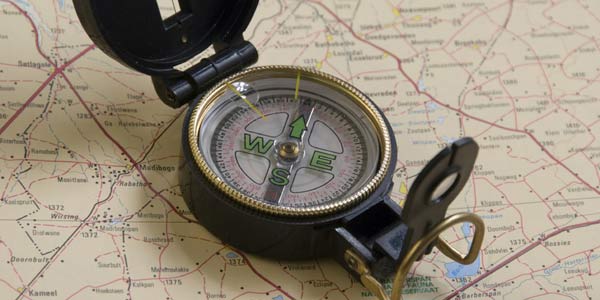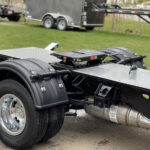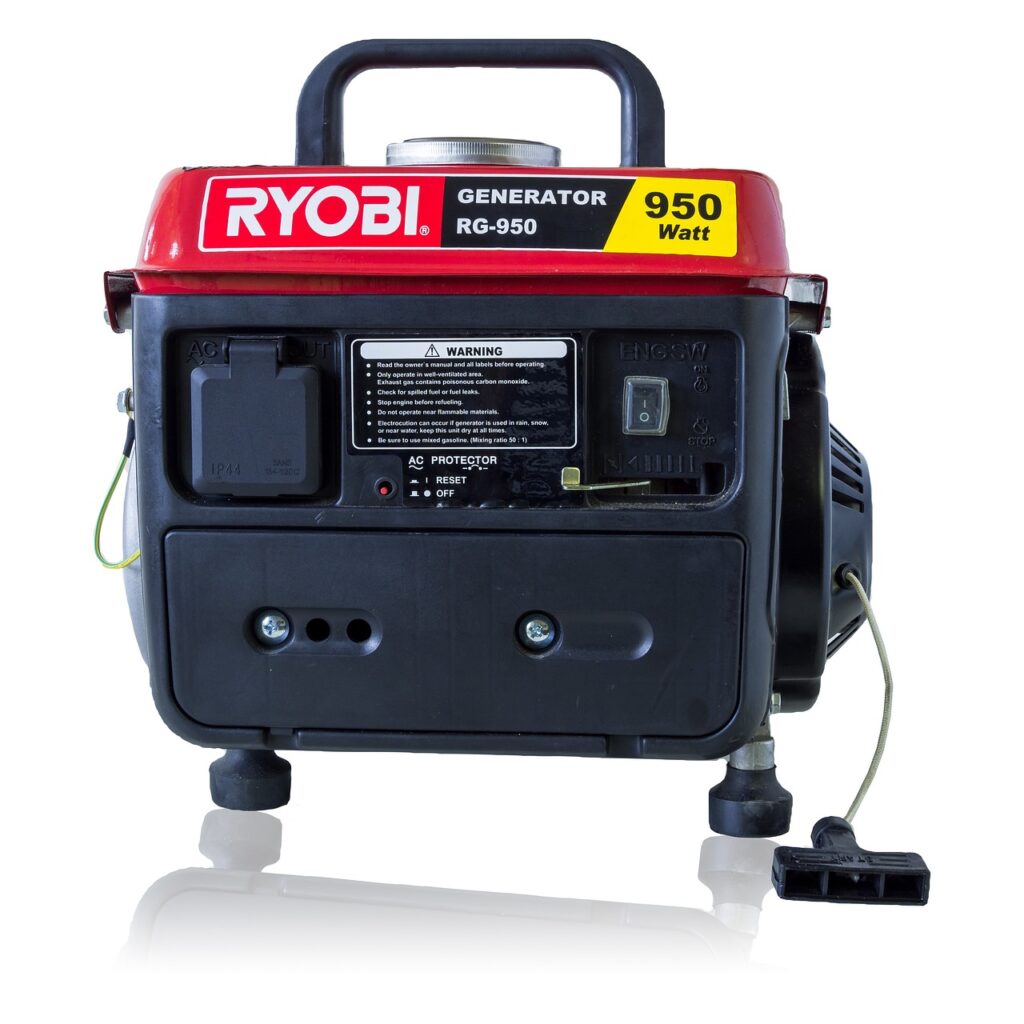The common belief that compasses unfailingly point to true north is one of navigation’s most persistent myths. In reality, compass behavior is far more complex, influenced by various factors that affect their accuracy and reliability.
The Basic Principle
A compass works by interacting with Earth’s magnetic field. The magnetized needle aligns itself with the magnetic field lines, which run between the Earth’s magnetic poles. However, these magnetic poles are not identical to the geographic poles, creating the first layer of complexity in compass navigation.
Magnetic North vs. True North
The difference between magnetic and true north is significant for navigation. While maps are typically oriented to true north (the geographic North Pole), a compass needle points to magnetic north, located approximately 1,000 miles from the true North Pole. This difference, known as magnetic declination, varies depending on your location on Earth.
Factors Affecting Compass Accuracy
Environmental Interference
Compasses can be affected by various external factors that distort their readings:
- Strong electromagnetic fields
- Large metal structures
- Electronic devices
- Natural magnetic deposits
Geographical Considerations
The Earth’s magnetic field varies in strength and direction across different locations. In some areas, particularly near the magnetic poles, compass readings become increasingly unreliable.
Regional Variations
When wondering which way is north, travelers must consider their geographical location. For example, while Memphis, Tennessee, has virtually no declination, Seattle, Washington, experiences a 16-degree difference between magnetic and true north. These variations can significantly impact navigation accuracy.
Professional Applications
Modern navigation often requires precise calculations to account for:
- Local magnetic declination
- Temporal variations in Earth’s magnetic field
- Environmental interference factors
- Equipment calibration needs
Practical Considerations
For accurate navigation, users should:
- Keep compasses away from electronic devices
- Maintain proper horizontal positioning
- Account for local declination
- Regularly calibrate their instruments
- Use updated declination charts
Modern Solutions
Contemporary compass design has evolved to address many traditional challenges. Some advanced compasses include built-in declination adjustment features and enhanced magnetic shielding. These improvements help provide more accurate readings across different geographical locations.
The reliability of compass navigation depends on understanding these various factors and making appropriate adjustments. While compasses remain valuable navigation tools, their effective use requires knowledge of their limitations and proper compensation for local conditions.






